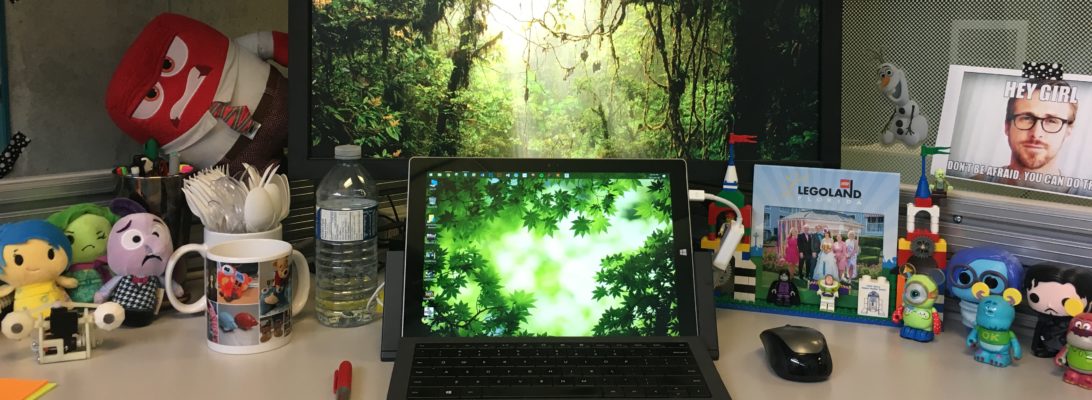Fraser and I have recruited all the participants for our studies. We will be running another set of studies in 3 to 4 months, so please check back a little bit later for the more information!
*******
Once again, Fraser Anderson, and I are looking for participants for our research studies. We are currently running two user studies. Fraser’s experiment is concerned with how people learn pen-based gestures and mine is concerned with how people learn gestures on a large touchscreen. We hope that the results will help us understand how generalizable gestures are, how people perform gestures in different contexts, and will help guide the design of gesture-based interfaces in the future.
Fraser and I are currently seeking right handed University of Alberta students who are 18+ to participate. My study has the added caveat that potential participants must *not* be color blind. You can volunteer for one or both of our studies.
The studies take place in the Advanced Man-Machine Interface Lab in the Computing Science Center on the University of Alberta Campus. Your participation will be split over two days. On day 1, you will spend 1 hour learning a number of gestures. On day 2 (approximately 24 hours later), you will return for some follow-up tasks. Participation on day 2 takes less than 30 minutes. At the completion of the experiment, you will receive $15 cash. To be eligible to participate, you must be available for 1 full hour on day one and 30 minutes on day two.
If you are interested in participating, please email hci@ualberta.ca to set up an appointment. Unfortunately, everyone needs to have any appointment set up to participate – we cannot accommodate people who just show up at our lab. Thanks!
** These studies are being conducted by Michelle Annett and Fraser Anderson under the guidance of Dr. Walter Bischof and have been approved by the Research Ethics Board at the University of Alberta. **
 |
|
| Michelle’s Experiment | Fraser’s Experiment |




